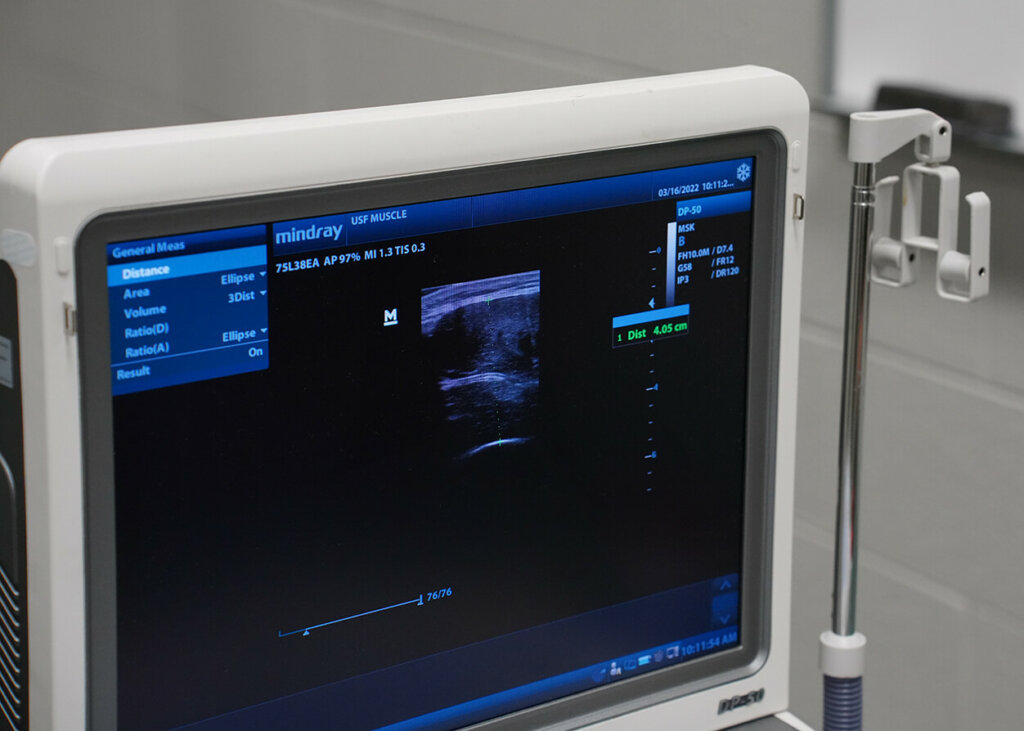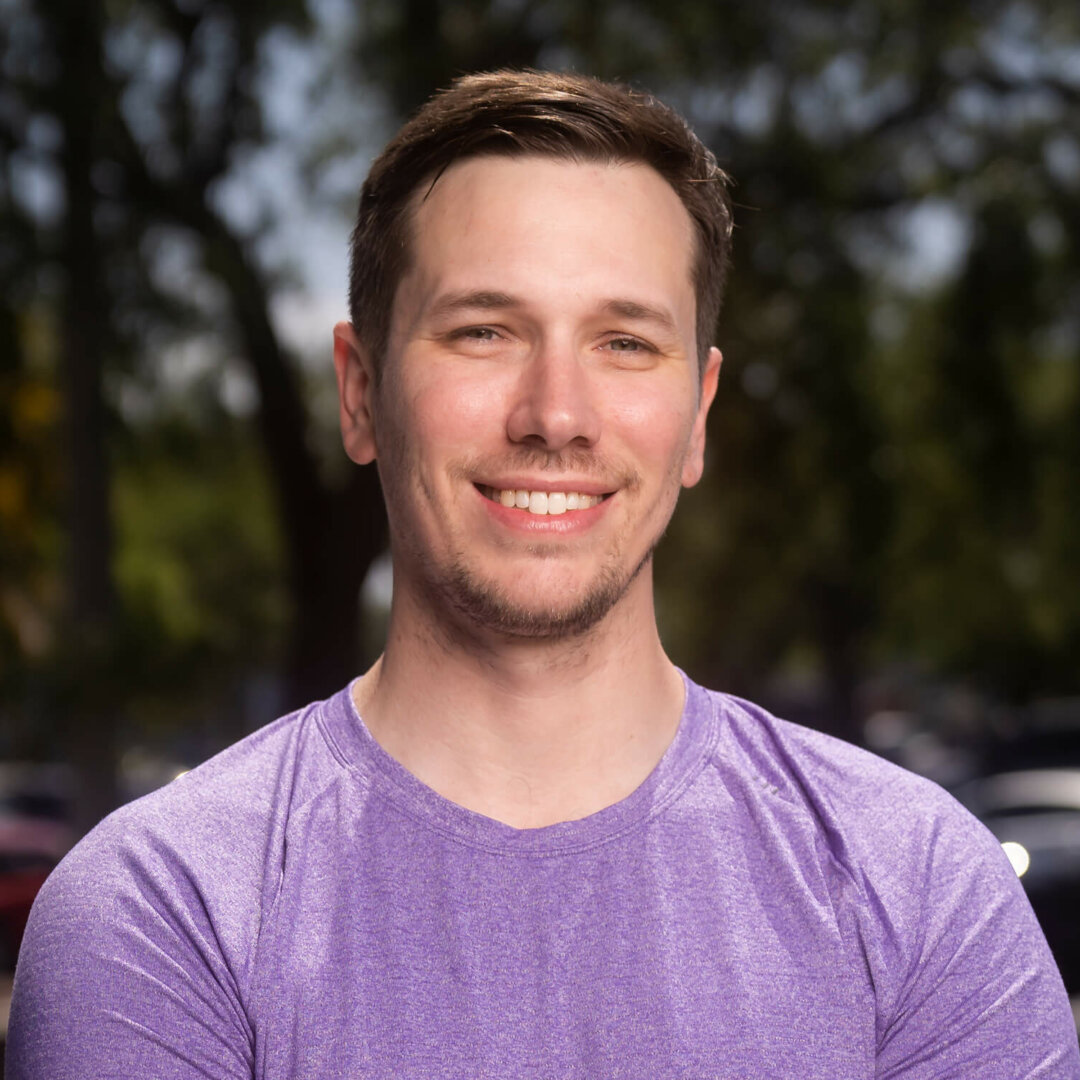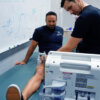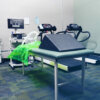Research critics will often complain about studies not performing a specific measurement or failing to account for some variable. Oftentimes these criticisms are invalid or unwarranted because of the limits imposed on researchers. Armchair scientists who unfairly criticize studies for certain aspects oftentimes fail to recognize the challenges that researchers in nutrition and exercise science face. Depending on the academic institution, labs and universities vary widely in the equipment and funding they have available for research. Obviously, larger labs with graduate and postdoctoral programs are able to attract larger grants and more funding for projects which leads to more sophisticated testing instruments and a higher level of control over testing conditions. While there is growing interest in exercise and nutritional sciences which leads to more funding sources, there are still studies that can’t be conducted due to lack of resources.
Funding
The primary challenge for researchers in exercise and nutritional science is funding. There are various funding sources available such as governmental like the NIH, University grants, industry funding from food or supplement companies, organizations such as ACSM, NSCA, and other private foundations and non-profit organizations. The unfortunate reality is that even with studies receiving funding, the funding generally isn’t enough to support the desired level of control to be considered a high-quality study. To give you an idea of how quickly the costs for a study can add up, here in Florida the cost of performing a blood hormone test like leptin is roughly $70 per blood draw. So, let’s assume you wanted to test 10 subjects before and after a diet, that’s two leptin tests per subject which adds up to $1,400 for only 10 subjects. That’s a small sample size and if you wanted to make it a stronger study you would likely need more like 40 people which could cost upwards of $5,600 and that’s just to test one hormone. That’s not considering other lab supplies you might need, and the researcher wouldn’t be able to pay their staff anything which means they would need to find students who are willing to volunteer their time on top of their academic responsibilities. If you’re looking at studies that test protein metabolism in rats, the cost of carrying out an experiment could be upwards of $50,000. Many studies need to pay subjects to recruit the necessary sample size and if it’s a dieting study that includes supplying food, the cost of food can be astronomical. Nowadays many supplement companies are becoming more interested in having scientifically validated research to support the efficacy of their products for improved marketing. Some studies sponsored by supplement companies can cost tens of thousands of dollars and can even reach upwards of hundreds of thousands of dollars when offering to pay subjects to participate. We haven’t even discussed the costs associated with the instrumentation necessary to test certain variables in a lab. Generally, departments receive funding from their Universities for lab related costs to maintain, repair or replace testing equipment. The amount received yearly for department budgets is generally only enough to afford maintenance on their current equipment and replace regularly used supplies, they can’t afford to buy new equipment or replace machines every year. Most exercise science programs have what’s called a metabolic cart (which we’ll discuss later) and costs upwards of $20,000, that’s not including the costs to maintain normal functioning or replace certain supplies needed for regular use. That is why labs are limited by funding and the equipment they have available.
Available lab equipment

It should now be no surprise why most exercise science programs can’t afford to have sophisticated testing equipment. The type of equipment in a researcher’s lab will determine the type of studies they can conduct. Some labs are focused on more mechanistic studies that involve molecular biology experimentation using cells and microscopes, whereas other labs are focused on more practical and applied research that investigate the effectiveness of a type of training modality. Researchers will focus on a specific area of interest and build their labs around that focus. The majority of exercise science programs will have a metabolic cart, treadmills, cycle ergometers, various types of body composition testing instruments, heart rate and blood pressure monitors, and some other performance-based testing equipment, but again this will depend on the university, the region and the faculty’s research interest. We will cover some common measurement techniques later, but it’s important to understand that very few labs have the most sophisticated testing equipment like a metabolic ward, MRI’s or muscle biopsy testing, due to funding. Aside from the major challenges of funding and lab equipment, researchers are governed by their institution to ensure responsible research conduct.
IRB/ethics boards
Academic institutions have ethics boards or governing bodies that oversee experimental research. At many universities the governing body is known as the Institutional Review Board (IRB) for humans and the Institutional Animal Care and Use Committee (IACUC) for animal research . The purpose of these departments is to ensure safe and ethical standards are being followed according to laws and regulations. Before a study can begin recruiting and testing subjects, they must go through a formal review process to obtain study approval. This is one of the most annoying processes involved in research because it’s time consuming and tedious. It's comparable to filing your taxes, but more detail oriented and time consuming. While necessary, this approval process can take away time from conducting the experiment because most academic institutions operate on semester timelines that may include breaks or holidays that interfere with the study timeline. So, if it takes 8 weeks to approve a study and then another 3 weeks to recruit enough subjects that’s the majority of the semester and only leaves a few weeks to conduct an experiment. This is why you will often see studies that aren’t much longer than 12 weeks in duration. The IRB process includes an informed consent for subjects and a very formal written study protocol explaining in detail every aspect of the study, including how you intend to recruit subjects.
Subject Recruitment
Subject recruitment is the other annoying process for conducting human research. Recruitment can be difficult and time consuming for exercise science and nutrition researchers. As mentioned previously, many labs don’t have the necessary funding to pay subjects to participate in their studies. Free protein powder and supervised training in the lab can be an appealing incentive to some, but many others don’t want to follow a standardized program for fear of less than optimal results. This is why you generally see sample sizes less than 50 in training studies. Even if a researcher is lucky enough to recruit 50 people you generally have subjects drop out due to various reasons and can end up losing up to 20 subjects or more sometimes depending on testing or intervention requirements. People have a hard time following specific instructions, especially if it means changing their usual lifestyle to accommodate study procedures when there is no incentive to comply. Think about asking college students to follow a specific diet and no alcohol on the weekends or asking them to come to the lab early before classes for testing or training, or how about asking them if it's ok to stick a needle as large as a pencil in their leg for a muscle biopsy? Obviously, studies that include animal models don’t have to ‘recruit’ subjects, but they have to pay more for their ‘subjects’.
Scheduling and Testing
As mentioned earlier, scheduling and experimental time frames can be a major issue in conducting experiments, especially if operating under University semester timelines. Even if studies have the opportunity to occur over multiple semesters or with no time restrictions, scheduling can be a logistical nightmare for research staff. For example, let’s assume a study is investigating muscle growth over 12 weeks in 50 subjects and the training program consists of 3 full body days per week supervised in the lab by research staff. Not only will you have to create a schedule for the research staff to supervise each training day, but you’ll also need to schedule each participant for each training session each week. Not to mention, you’ll have to schedule your baseline testing, mid-point testing (if there is one) and post-testing. Depending on which measurements will be taken, it could take an hour for each participant, which means 50 hours per testing session multiplied by three testing points and that’s 150 hours only for the measurement testing sessions. That doesn’t account for the hour each subject is training in the lab 3 days per week over 12 weeks. The time requirement researchers ask from their subjects can be a lot. This is a good example of why you don’t see many training studies over 12 weeks, it takes a lot of time and money!
Trusting Research
How can you trust research and how do you evaluate studies that show conflicting findings? Individuals without research experience are at a severe disadvantage when it comes to being able to tease out the nuances and extrapolate upon results presented in publications.







